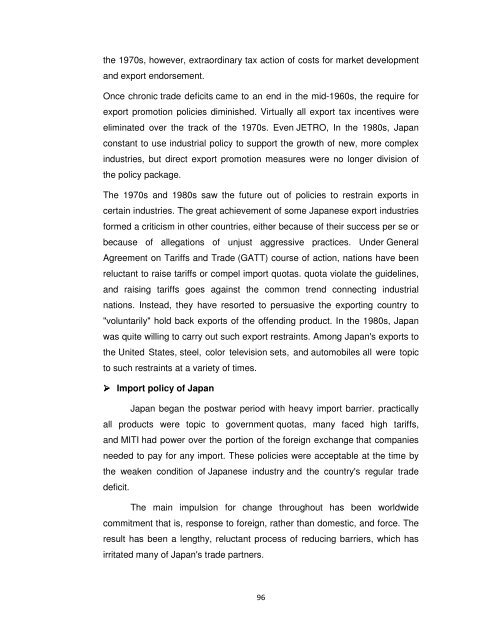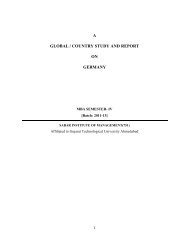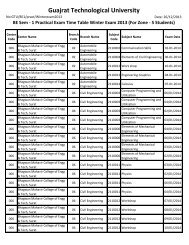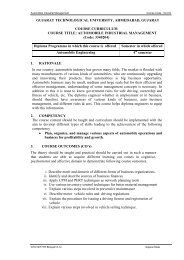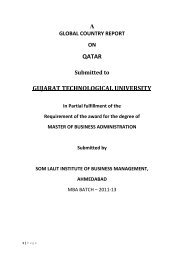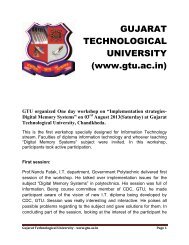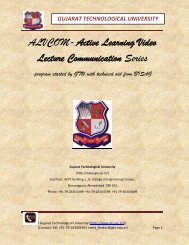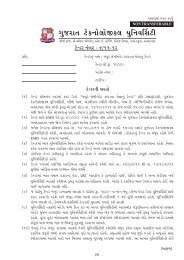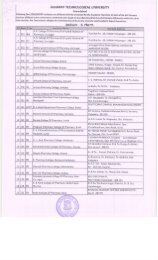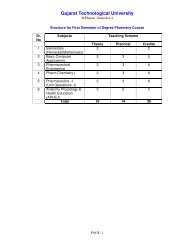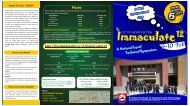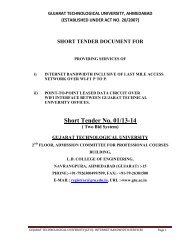708-Chaudhari Technical Institute, Gandhinagar - Gujarat ...
708-Chaudhari Technical Institute, Gandhinagar - Gujarat ...
708-Chaudhari Technical Institute, Gandhinagar - Gujarat ...
You also want an ePaper? Increase the reach of your titles
YUMPU automatically turns print PDFs into web optimized ePapers that Google loves.
the 1970s, however, extraordinary tax action of costs for market development<br />
and export endorsement.<br />
Once chronic trade deficits came to an end in the mid-1960s, the require for<br />
export promotion policies diminished. Virtually all export tax incentives were<br />
eliminated over the track of the 1970s. Even JETRO, In the 1980s, Japan<br />
constant to use industrial policy to support the growth of new, more complex<br />
industries, but direct export promotion measures were no longer division of<br />
the policy package.<br />
The 1970s and 1980s saw the future out of policies to restrain exports in<br />
certain industries. The great achievement of some Japanese export industries<br />
formed a criticism in other countries, either because of their success per se or<br />
because of allegations of unjust aggressive practices. Under General<br />
Agreement on Tariffs and Trade (GATT) course of action, nations have been<br />
reluctant to raise tariffs or compel import quotas. quota violate the guidelines,<br />
and raising tariffs goes against the common trend connecting industrial<br />
nations. Instead, they have resorted to persuasive the exporting country to<br />
"voluntarily" hold back exports of the offending product. In the 1980s, Japan<br />
was quite willing to carry out such export restraints. Among Japan's exports to<br />
the United States, steel, color television sets, and automobiles all were topic<br />
to such restraints at a variety of times.<br />
Import policy of Japan<br />
Japan began the postwar period with heavy import barrier. practically<br />
all products were topic to government quotas, many faced high tariffs,<br />
and MITI had power over the portion of the foreign exchange that companies<br />
needed to pay for any import. These policies were acceptable at the time by<br />
the weaken condition of Japanese industry and the country's regular trade<br />
deficit.<br />
The main impulsion for change throughout has been worldwide<br />
commitment that is, response to foreign, rather than domestic, and force. The<br />
result has been a lengthy, reluctant process of reducing barriers, which has<br />
irritated many of Japan's trade partners.<br />
96


